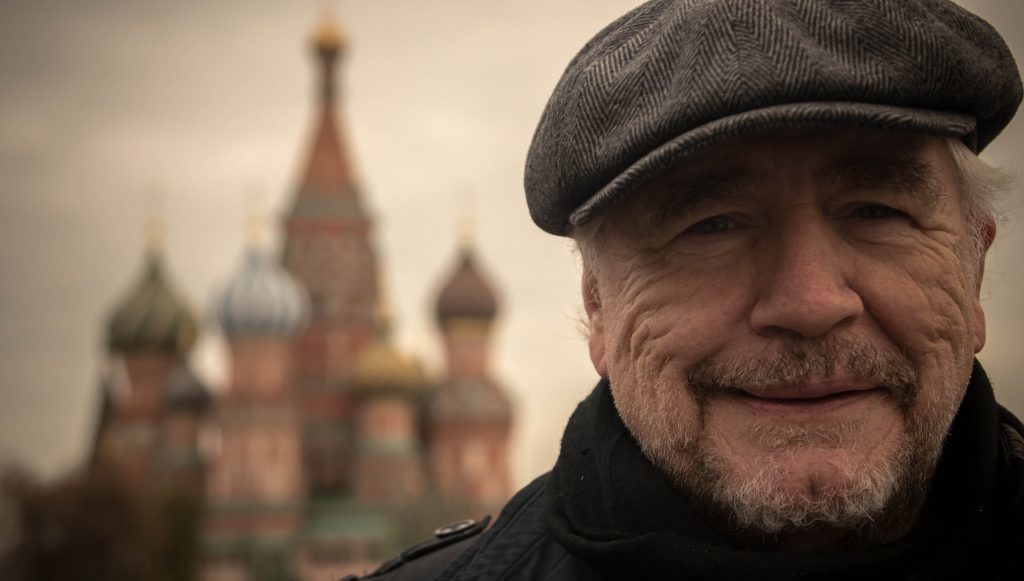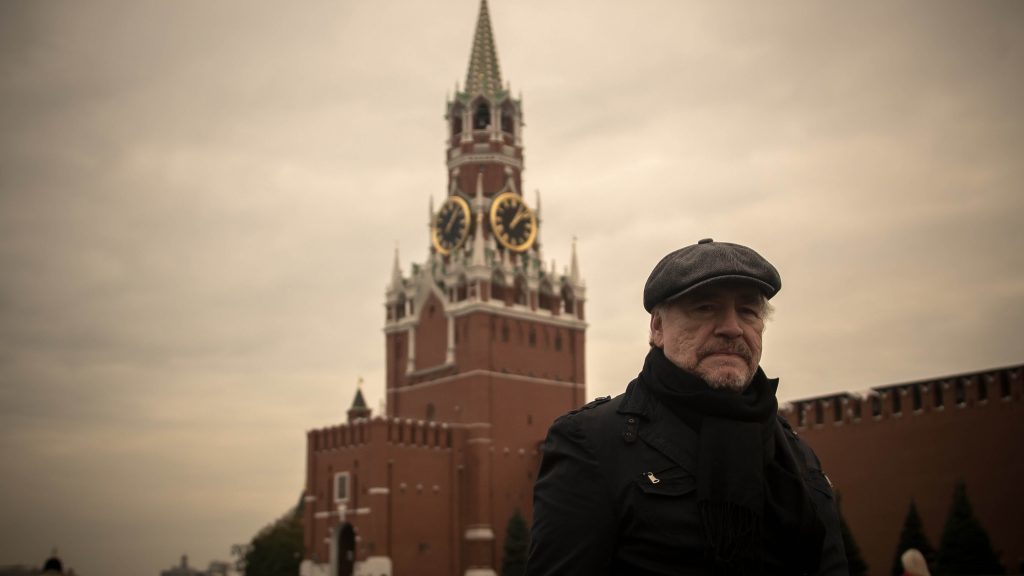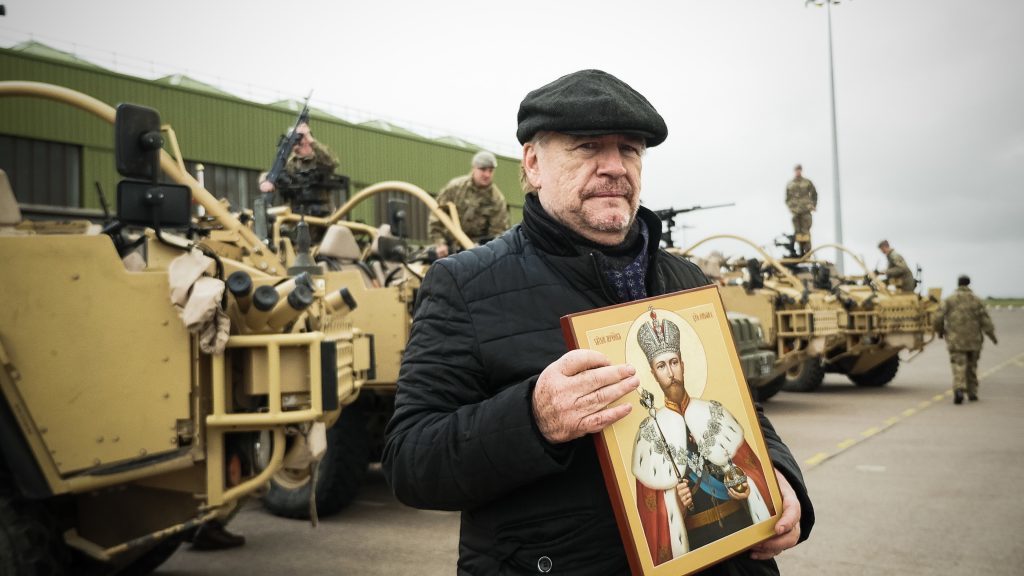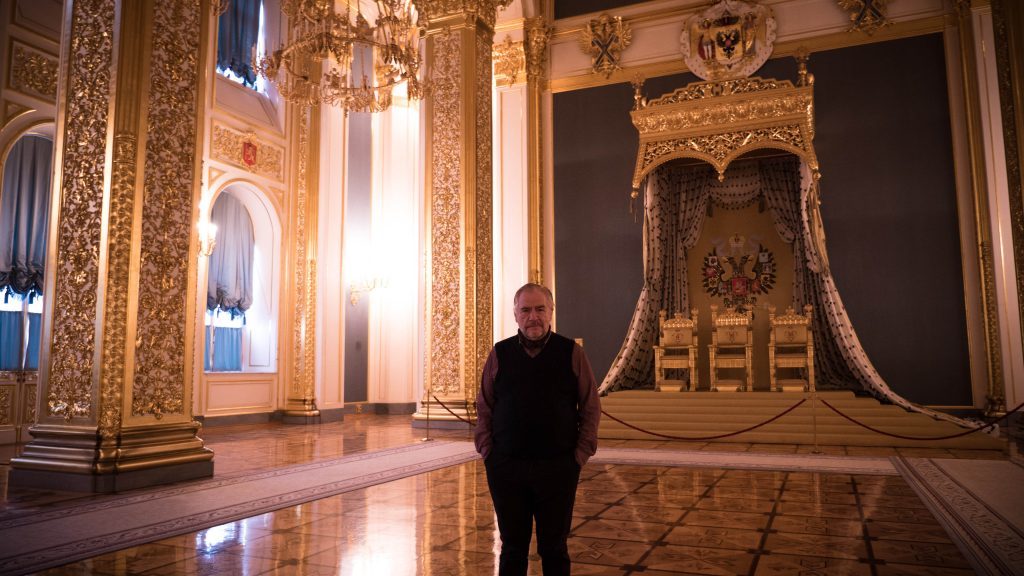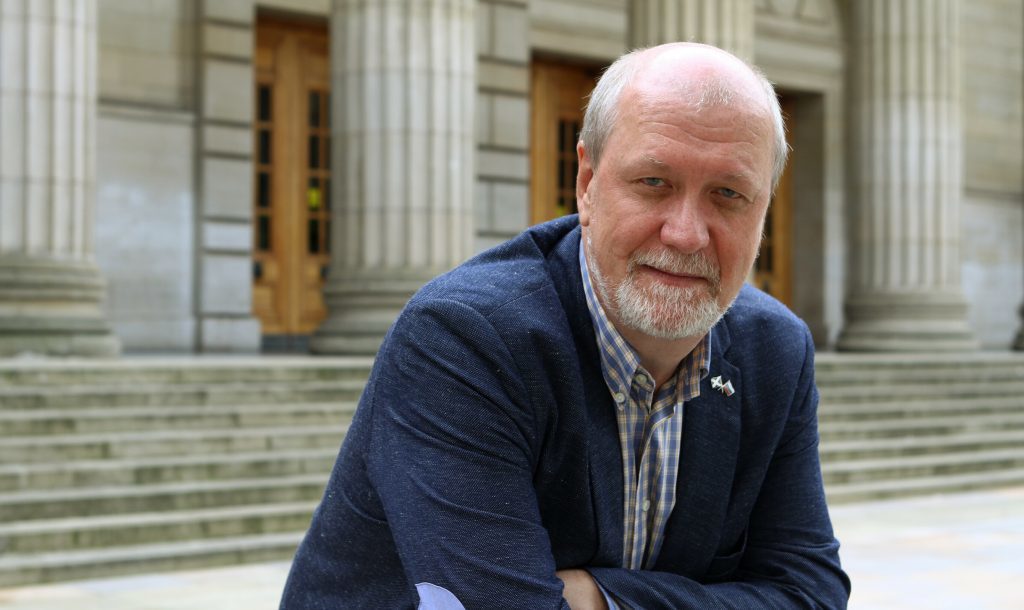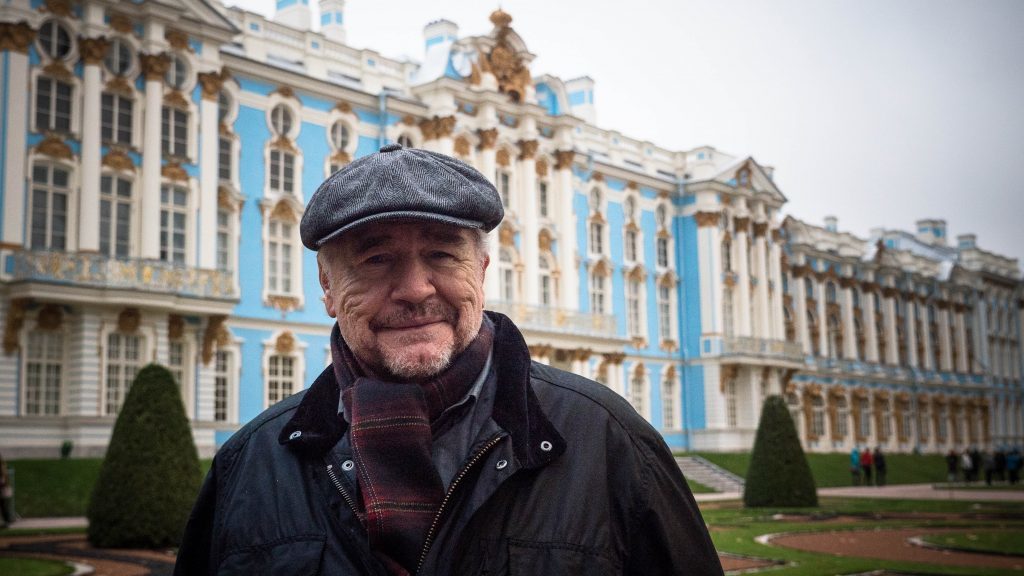A new BBC Two Scotland documentary sees Dundee-raised Hollywood actor Brian Cox discover the fascinating stories of Scots who made Russia their own. Michael Alexander reports.
It’s 100 years since the Russian revolution which dismantled the Tsarist autocracy and led to the eventual rise of the Soviet Union – effectively cutting Russia off from the world for 70 years.
But while the historic links between Scotland and Russia are well documented, new DNA evidence suggests the ties go even deeper with one in every 600 Russians having Scottish ancestry.
In a new two-part documentary series which starts on BBC One Scotland on Tuesday April 18, Dundee raised Hollywood actor Brian Cox embarks upon a fascinating, and at times very personal, journey to discover how Scots have made a massive impact on Russia’s history.
From the intriguing link between the last emperor of Russia Tsar Nicholas II and the Royal Scots Dragoon Guards (SCOTS DG), now based at Leuchars in Fife, to Russia’s sharing of Saint Andrew as their patron saint.
From Russia’s favourite Romantic poet Mikhail Lermontov being descended from the Learmonths of Fife, to the “great Bolshevic defender” John McLean who organised miners strikes at Bowhill Colliery in Fife before being honoured on a Soviet stamp, the programme traces the remarkable links between the two nations and raises questions as to how that relationship should develop in future.
Cox, who first went to Moscow during the Glasnost era 30 years ago to teach a series of Shakespeare workshops for young Russian actors, begins his journey at the Leuchars Station army base in Fife.
Here, SCOTS DG commanding officer Lieutenant Colonel Dom Coombes explains how in 1894, Nicholas II was appointed as Honorary Colonel in Chief of the Royal Scots Greys – which later amalgamated with the 3rd Carabiniers to become SCOTS DG.
To this day the links are celebrated with a toast to the Tsar and the singing of the Russian Imperial anthem before formal regimental dinners, while a framed icon of the Tsar – presented by Nicholas as a gift from the people of Russia – is carried by the regiment on overseas operations as it’s supposed to bring good luck.
“It’s been to Kosovo, it’s been to Iraq twice, it’s been to Afghanistan twice, and then anywhere we go in the future,” explains Lt Col Coombes.
“Whenever we go on operations it comes with us and goes and sits next to me wherever I am. We look after it. We cherish it. It’s a great link. And now it’s in Fife, it’s in Leuchars. And we are very proud to have it here.”
Brigadier Mel Jameson, chairman of the Royal Scots Dragoon Guards Museum Trust at Edinburgh Castle, explains that the title given to the Tsar was a wedding present from Queen Victoria during a trip to Balmoral, after Nicholas married her granddaughter Alix – a marriage which she hoped would bring peace to Europe.
Twenty years later, however, with Europe in the grip of the First World War, the Tsar was forced to abdicate after losing the support of his battle weary army. When the Bolshevics took over, Nicholas and his family were imprisoned – and a year later, an order, almost certainly from Lenin, was given to execute the royal family. Nicholas, Alix, their five children and four servants were taken to a cellar and shot.
Today, Moscow’s Red Square symbolises the heart and soul of Russia. In the 15th century it was little more than a shanty town. Yet it was Scots who helped turn its fortunes around.
The documentary explores how in 1624 Scottish engineer Christopher Galloway constructed the original clock face of the Spassky Tower in the Kremlin.
Cox also visits the Grand Kremlin Palace which includes the “gobsmackingly beautiful throne room of the Tsars” – also known as the “St Andrews room” – which was chosen to host President Vladimir Putin’s inauguration in 2012.
Here, Cox points out that the Russian emblem with its two-headed eagle, also incorporates the saltire – the crucifixion of Saint Andrew.
The programme also investigates the extraordinary story of Patrick Gordon, the Aberdeenshire-born soldier-of-fortune who, after fighting for the Polish Army, was captured and, in the 1690s, ended up as the highest ranking general in the Russian Army and the right-hand-man of Peter the Great.
Cox visits the non-profit Russo-Scots organisation the Moscow Caledonian Club where he meets its president Vitaly Mironov – recently interviewed by The Courier in Dundee.
The former Soviet Army soldier, who famously brought the Edinburgh Military Tattoo to Red Square in 2007, is hoping that the remarkable centuries-old links between Scotland and Russia can be used to develop renewed social, cultural and economic bonds between ordinary people in the two countries.
“I strongly believe that what politicians are doing now is a horrible thing,” says Vitaly.
“There’s a lot of propaganda – we need to do things between ordinary people to have greater understanding of each other.”
Cox agrees adding: “I feel there is a real disconnect between peoples (of the world) because of politics.”
Meanwhile, Newport-based broadcaster Billy Kay takes his old friend Cox to Bowhill and Cardenden – the “little Moscows of West Fife” – to investigate the legacy of “Communist obsessive” John McLean who, fought for miners’ rights in 1915.
*The first part of Brian Cox’s Russia is on BBC Two Scotland at 9pm on Tuesday April 18.The second part is on at the same time on April 25.
